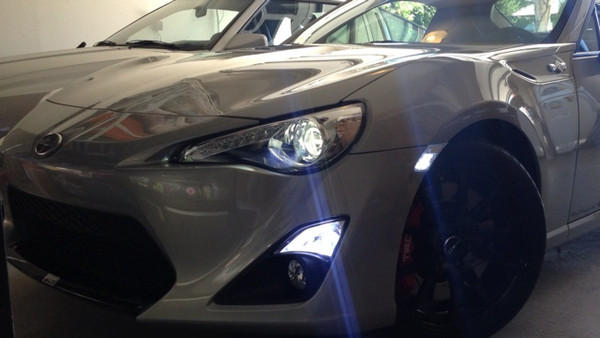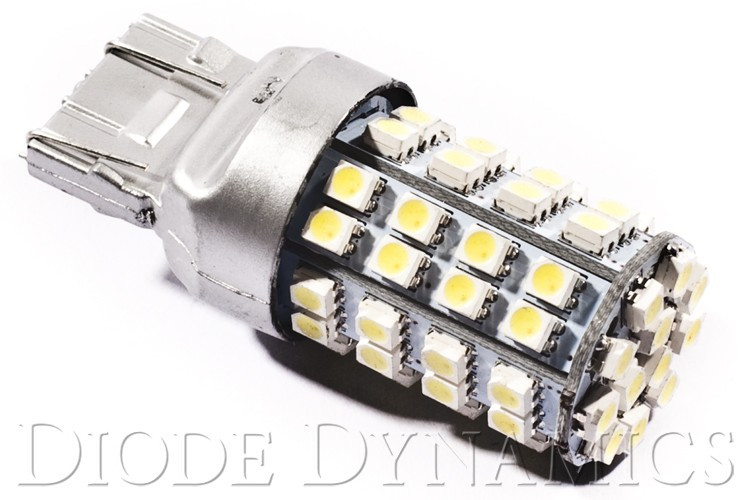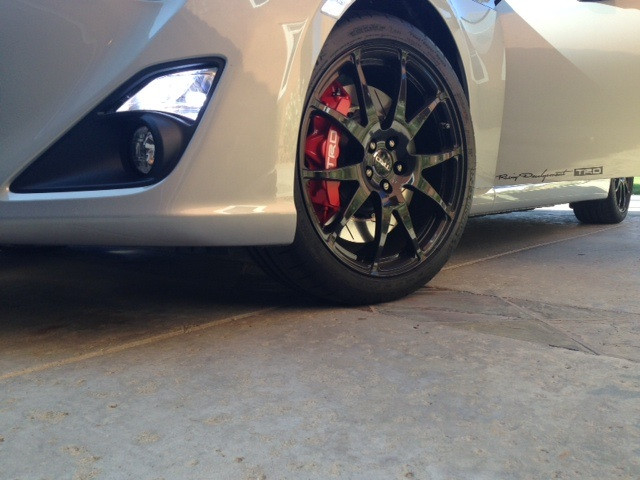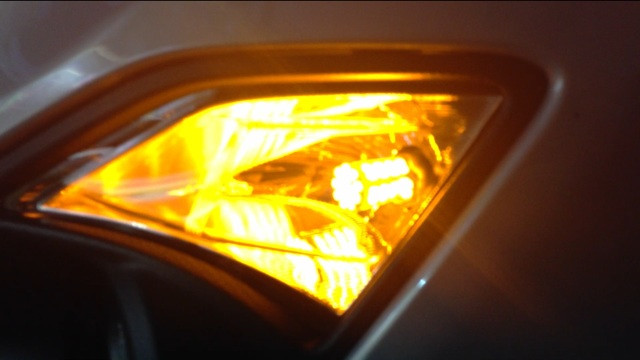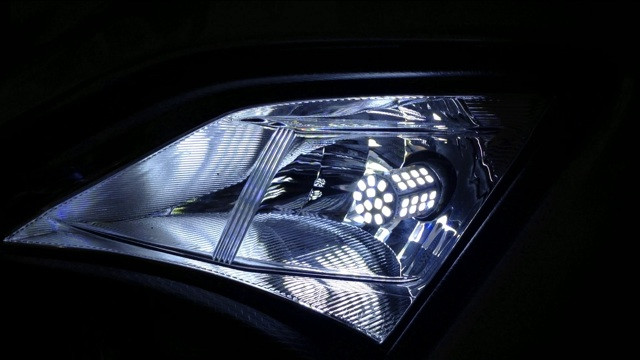- Shop by Car
- Wheels
- Blog
- Reviews
- About Us
- Contact Us

LED Switchback Front Turn Signal Light - Scion FR-S / Subaru BRZ
-
Product Description
Upgrade the turn signals for your Scion FR-S / Subaru BRZ with a new switchback LED replacement kit!
This Diode Dynamics SMD60 Switchback is a direct replacement for your front turn signal bulb. This is a unique, specialty item. When this bulb is on as normal, with parking lights, it shines a nice, pure white color, and when you activate the turn signals at any time, it flashes an amber color. Two colors, for an awesome lighting effect!The installation is 100% plug-and-play, just replace your factory bulb. The bulb may blink faster since it uses less power, and your vehicle thinks the bulb is out- to fix this, please see "hyperblinking" section below. Includes TWO BULBS in this kit.BULB DESIGN
SMD60 Dual: 30 amber and 30 white 1210-size Epistar SMDs arranged in 180 degrees. Eight radial panels of six chips, and a forward-facing twelve-chip panel.
HP60 Dual: 60 dual 3528-size Epistar SMDs arranged in 18-degrees. Six radial panels of eight chips, and a forward-facing chip panel.
It uses an integrated terminal and will fit as a replacement for stock incandescant. It uses less power and heat than halogen bulbs, and will last longer, with its engineered heat-sinking technology. A load resistor is embedded to prevent blowing the LED from voltage surge, and a diode is implanted to protect the LED from reverse polarity. The LED is wired for 12V operation, the kind found on all vehicles.
Included in your order is TWO BULBS.
COLOR
By using this dual-filament design, along with an integrated controller chip in the bulb, you can get a very cool effect: the switchback bulb lights up white when your headlights are turned on, and flashes amber when you use the turn signals. When you switch the turn signal off, it "switches back" to white. This allows you to gain a uniform white appearance in the front of the vehicle at night, while still having amber turn signals.
HYPERBLINKING
The turn signals on most vehicles will begin to blink fast (hyperblink) when LED bulbs are installed. This is because the new LEDs will use less power than the original bulbs, so your vehicle thinks that the bulb is out and warns you by hyperblinking.
This phenomenon will be the same for every LED bulb on the market- there is no such thing as a "no hyperblink" LED bulb, even though some companies advertise them as such.
Flasher Replacement: Replacing the flasher relay, the module that controls blinking speed, is the easiest option to correct hyperblinking. You can remove the flasher on your vehicle, which is a small relay module under the dash, and replace it with a new flasher designed for LEDs. You will only need one flasher for your vehicle, whether you are replacing just one pair or both sets of turn signal bulbs (front/rear).
Resistor Kit: If you prefer not to change the flasher, you can add resistors to the bulb's circuit, and mimic the power consumption of the original bulb, returning the vehicle to normal turn signal speed. Resistors are a universal fix for any vehicle. Our resistors are 50w, 6 ohm, and come with extra-long connection wires for easy install. If you have both front and rear LED turn signals, you should purchase one set for each pair, to create enough resistance for the whole turn signal circuit. The installation itself takes only 10-15 minutes, and involves making two simple connections. Everything you need is included in the kit.
-
Product Reviews
-
Find Similar Products by Category





